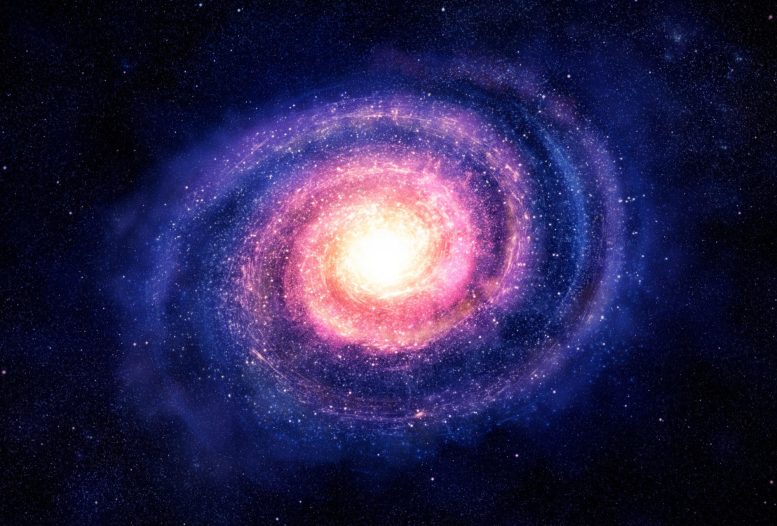
A study led by astronomers at the International Centre for Radio Astronomy Research (ICRAR) may have discovered the explanation for variations in the shapes of galaxies.
By using artificial intelligence, researchers have potentially solved a long-standing question about the evolution of galaxies, speeding up their research process.
The researchers have potentially resolved a long-standing question about the evolution of galaxies, using artificial intelligence (AI) to accelerate their research.
Since the invention of the Hubble Sequence, a system for categorizing galaxy shapes, in 1926, astronomers have been continually improving our comprehension of galaxy evolution and morphology as our technology progresses.
By the 1970s, researchers had confirmed that lone galaxies tend to be spiral-shaped, and those found in clusters of galaxies were likely to be smooth and featureless, known as elliptical and lenticular (shaped like a lens).
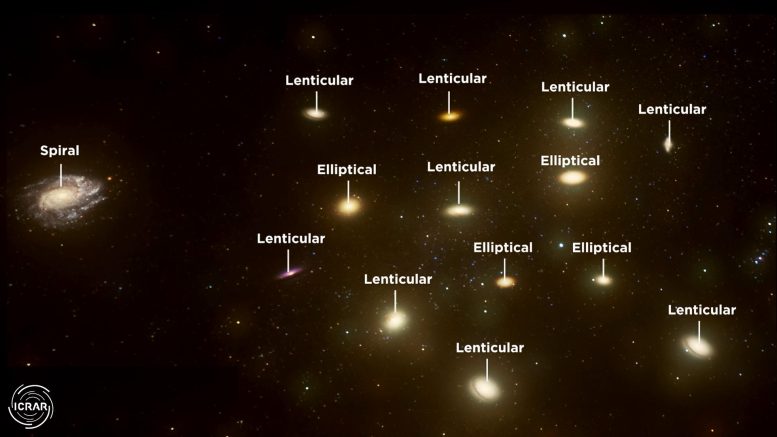
A representation of how the EAGLES program classifies galaxy as assessed by AI. Credit: ICRAR
Published in the journal Monthly Notices of the Royal Astronomical Society, new research led by astronomers at the International Centre for Radio Astronomy Research (ICRAR) may have uncovered the reason for these differences in shapes.
Lead author Dr. Joel Pfeffer from The University of Western Australia node of ICRAR, said the research explains the ‘morphology-density relation’ – where clustered galaxies appear smoother and more featureless than their solo counterparts.
“We’ve discovered there are a few different things going on when we get lots of galaxies packed together,” Dr. Pfeffer said.
“The spiral arms on galaxies are so fragile, and as you go to higher densities in the galaxy clusters, spiral galaxies start to lose their gas.
“This loss of gas causes them to ‘drop’ their spiral arms, transforming into a lenticular shape.”
“Another cause is galaxy mergers, which can see two or more spiral galaxies crashing together to form one large elliptical galaxy in the aftermath.”
The study utilized the powerful EAGLE simulations to analyze a group of galaxies in detail, using an AI algorithm to classify galaxies by their shape.
The neural network-based algorithm was trained by ICRAR Ph.D. candidate Mitchell Cavanagh and can classify almost 20,000 galaxies per minute, compressing what would typically take weeks into one hour.
The simulations closely match what has been observed in the Universe, giving researchers the confidence to use the simulation results to interpret observations of galaxy clusters
The study also identified several lenticular galaxies outside of the high-density regions where they are expected, with the modeling suggesting they were created by the merging of two galaxies.
Dr. Pfeffer said the work brings together various pieces of research in galactic evolution, to understand the morphology-density relation for the first time.
“There have been lots of suggestions over time,” he said. “But this is the first work to really put all of the pieces of the puzzle together.”
Reference: “The galaxy morphology–density relation in the EAGLE simulation” by Joel Pfeffer, Mitchell K Cavanagh, Kenji Bekki, Warrick J Couch, Michael J Drinkwater, Duncan A Forbes and Bärbel S Koribalski, 16 December 2022, Monthly Notices of the Royal Astronomical Society.
DOI: 10.1093/mnras/stac3466

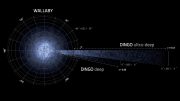

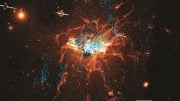
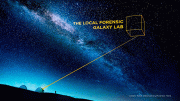


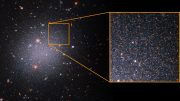
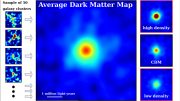
Yet another senseless AI conclusion. In the first place, even close major galaxies are millions of light years apart. Spiral arms are caused by powerful density waves from the relatively nearby galaxy center. Gravity, a very weak force, can’t possibly drag gas out of arms millions of light years away. Look how easily you pick up your beer, even though the entire earth’s gravity is pulling it down!
Concepts from String Theory suggest another view. I speculate that galaxy shape is actually a repeating process, from barred spiral to spiral to elliptical and back to barred spiral. This can be seen in the spiral rings noticed around M87. Specifics on this can be found by searching YouTube for “Repeating Galaxies – A String Theory Way”